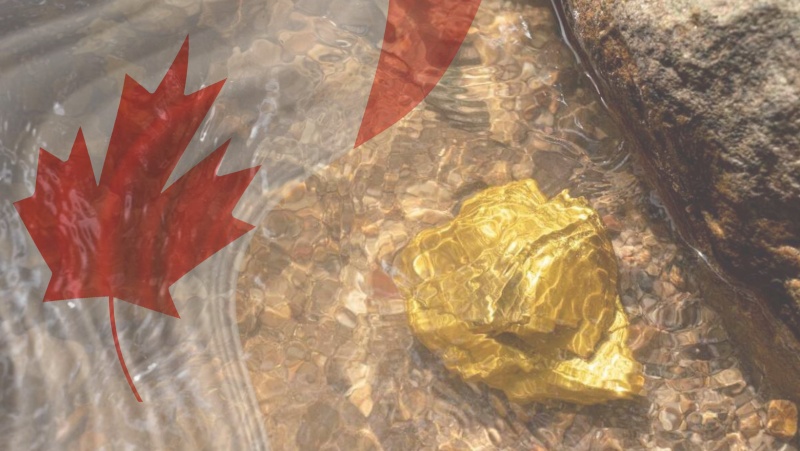What Is Dental Scrap and Why Is It Valuable?
The precious metals that are left over after dental procedures are referred to as “dental scrap.” These metals are also used to make bridges, buttons, inlays or onlays, and clasps in addition to being utilized to make crowns for your teeth. In fact, dentists often employ four separate precious metals given that they are so exceptionally resistant to corrosion.
Considering dental surgery, these valuable metals can make up ranging between 50 and 95 percent of the total. These precious metals can be recovered by refining this dental waste and then sold on the open market. Even more valuable than gold are platinum and palladium, despite their lower prevalence. It makes sense that processing dental scrap has grown to be a very profitable industry.
Recycling of any kind benefits the environment and ecology. By exchanging your dental waste for cash, you may earn money while preserving the environment. Many dentists now collect dental scrap and sell it to scrap metal refiners instead of putting it in the trash. A sustained cycle can subsequently be created by selling the purified metals to dentists and other businesses. Dentists can profit from materials that were long thought to be useless thanks to dental scrap refinement. Dental debris holds the promise of turning garbage into treasure.
Recovering precious metals from dental scrap may require significant time and resources, but for a hobbyist refiner, it can be a fun and rewarding challenge. And of course, the potential payoff makes it worth the effort.
Tapping Into the Dental Scrap Gold Mine: Start Refining Today
You’ll want a consistent supply of dental waste before you can get going. Collect the debris that local dentists and dentistry colleges squander by working with them.
The following stage is to separate the valuable metals once you’ve gathered a supply of dental scrap. Even though it’s a difficult procedure, dental scrap refining can yield good recovery percentages with the right equipment and competencies. Here is one simple form:
- Once you have dental scrap next is to enhance the scrap’s surface area, and break it into tiny, even bits. For breaking apart bigger pieces, use pliers.
- After that, immerse the crushed scrap in a solution of nitric acid to dissolve the base metals. Gently heating and stirring the solution should continue until bubbling stops. There is a range of 30 to 90 minutes.
- Following that, sift away whatever remains of solids. After all the valuable metals have been dissolved, metal salts will be found in the solution.
- To turn it into a solid, use a reducing agent such as sodium metabisulfite. The solution will have a metallic particle in the bottom of it.
- In the end, melt the powder to form a solid ingot; with some practice, you can recover 90% of your gold.
Do some research on refineries because they utilize a variety of techniques to analyse and refine dental scrap. You can seize this wonderful opportunity right now!







